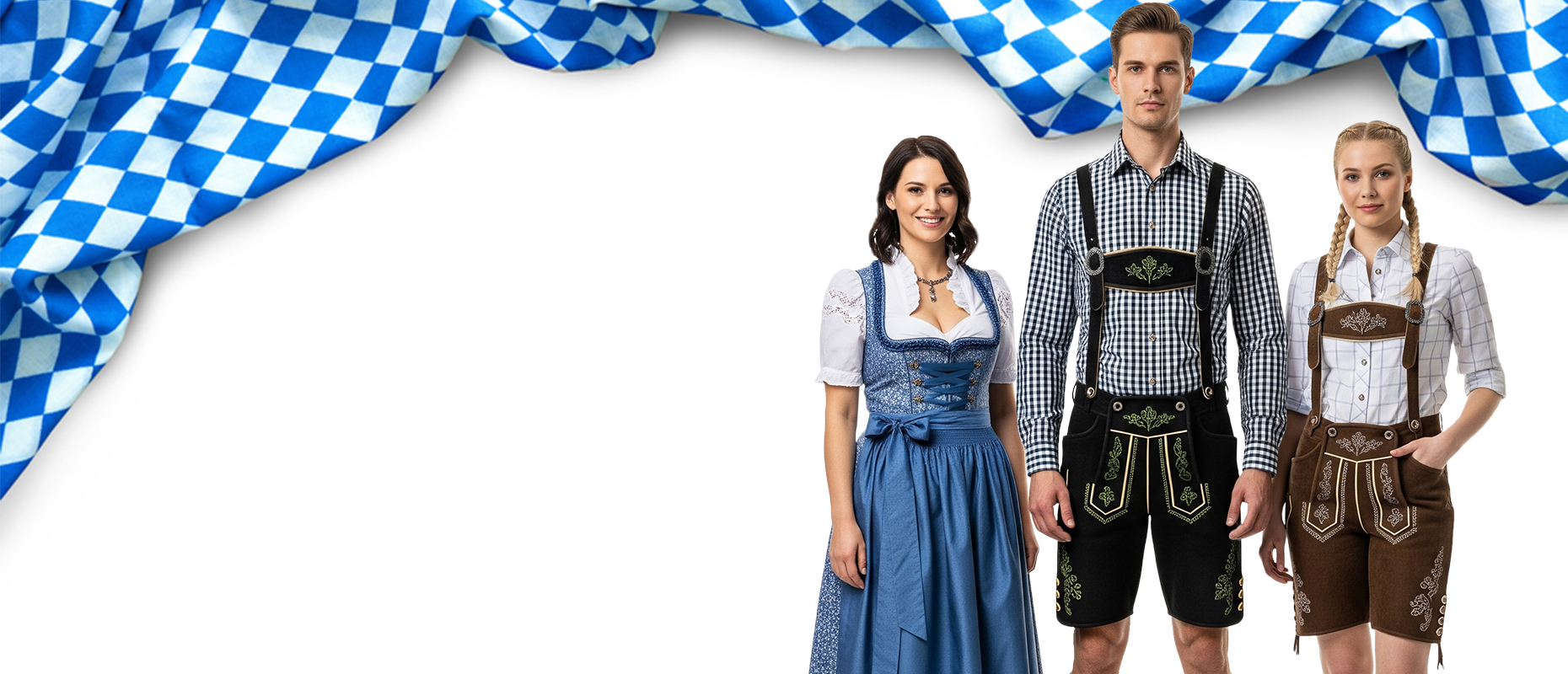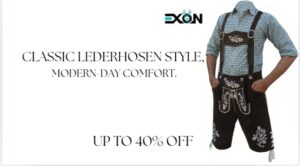Introduction
Few Tradition garments capture the charm of Alpine culture as beautifully as the Bavarian dress, commonly known as the dirndl. With its flattering silhouette, vibrant patterns, and deep cultural roots, the dirndl is much more than a festival costume—it’s a proud symbol of Bavarian identity.
In this post, we’ll explore the history, components, variations, and modern appeal of Tradition Bavarian dresses, and why they continue to enchant wearers and onlookers around the world.
The Origins of the Dirndl
The dirndl’s history dates back to the 18th and 19th centuries, when it was worn by female Heritage servants and peasants in the Alpine regions of southern Germany, Austria, and parts of Switzerland.
By the late 19th century, the upper class began romanticizing rural life and adopted the dirndl as leisurewear for trips to the countryside. This shift elevated the dress from workwear to a symbol of regional tradition and national pride, particularly in Bavaria.
Anatomy of a Bavarian Dress
A traditional Bavarian dirndl consists of several distinct components:
- The Bodice: Fitted and often structured, the bodice accentuates the waist and is typically laced or buttoned at the front.
- The Blouse: Usually white and cropped, the blouse is worn underneath the bodice and features puffed sleeves and a low neckline.
- The Skirt: The skirt is gathered or pleated and falls to varying lengths—mini, midi, or full-length—depending on personal style or occasion.
- The Apron: Tied around the waist, the apron is not just decorative. Its bow placement signals the wearer’s relationship status:
- Bow on the left: Single
- Bow on the right: Married or taken
- Bow in the center: Virgin or undecided
- Bow at the back: Widow or waitress
Fabrics, colors, and embroidery vary widely. Everyday dirndls are typically made from cotton, while festive or formal versions may feature silk, velvet, or lace.
The Dirndl Today
The dirndl has experienced a strong Heritage revival over the past two decades, not only in Bavaria but around the world. Its timeless design, flattering shape, and connection to tradition make it a favorite at Oktoberfest, Volksfest, and even modern weddings.
While some women wear heirloom dirndls passed down through generations, others choose contemporary styles that blend tradition with fashion-forward elements. Modern dirndls can include:
- Shorter hemlines
- Bold colors and prints
- Alternative fabrics like denim or faux leather
- Minimalist designs with clean lines
Despite the evolution of style, the essence of the dirndl remains intact—it is still a garment that celebrates femininity, culture, and heritage.
Choosing and Styling Your Dirndl
When choosing a dirndl, consider the occasion. Traditional dirndls are perfect for formal Heritage events and cultural celebrations, while modern styles offer flexibility for casual gatherings and parties.
Accessories can enhance the look:
- A charivari (a chain worn on the waist or bodice)
- Traditional jewelry like edelweiss pendants
- A matching shawl or jacket for colder weather
- Comfortable shoes, such as ballet flats or heeled boots
Hair is often worn in braids or styled with floral headbands, adding a touch of folk charm to the ensemble.
Conclusion
Bavarian dresses are more than Heritage Tradition garments—they are living expressions of history, community, and elegance. Whether passed down from a grandmother or purchased new for Oktoberfest, each dirndl tells a story of tradition and pride. So, whether you’re attending a festival or simply embracing your cultural roots, wearing a dirndl is a beautiful way to honor the past while celebrating the present.
The Dirndl Today
The dirndl has experienced a strong revival over the past two decades, not only in Bavaria but around the world. Its timeless design, flattering shape, and connection to tradition make it a favorite at Oktoberfest, Volksfest, and even modern weddings.
While some women wear heirloom dirndls passed down through generations, others choose contemporary styles that blend tradition with fashion-forward elements. Modern dirndls can include:







